“So fair, so cold; like a morning of pale spring still clinging to winter’s chill.”
– J. R. R. Tolkien
It’s spring and many of us are eager to get outside and work in our gardens! The nights are still chilly and the occasional day is a little cold for some warm season favorites, but conditions are absolutely perfect for annuals and vegetables that thrive in the early season. We’ve got some of our top choices for you to get growing.

Violas:
These flowers have it all, and are the ultimate sign of spring, Violas have an inviting fragrance, striking blooms, and are even edible. They are available in almost any color combination the imagination can dream, but are most famous for their tricolor of yellow, white, and purple. They are early risers with playful color displays that are the perfect way to welcome a new gardening season.
Violas are hardy and ready for the unpredictability of early spring weather and are even built to withstand temperatures below freezing. Bedding plants save much of the hassle and guesswork that comes with germinating your own plants at home. While choosing yours, look for a plant that has plenty of buds, rather than one already in bloom. The beautiful flowers will be tempting, but a flower already in bloom could get stressed in the transplant process, limiting how long their season will be. Never pull on the stem to take your new plants out of their containers, but gently push up on the bottom of its container to release it. Plant your violas 6-8” apart and choose a spot for your violas that has well-draining soil, rich in nutrients. Consider adding compost to give these blooms a little boost for best performance.
These flowers are the perfect spring bloom as they want to soak up all the sun they can, but need cooler temperatures. Adding a layer of mulch about 2 or 3” thick after planting will help to insulate their roots and encourage better blooms for their season. As the weather warms into the summer, keep their soil moist and consider planting some heat-loving, tall plants nearby to add partial shade to protect your violas.
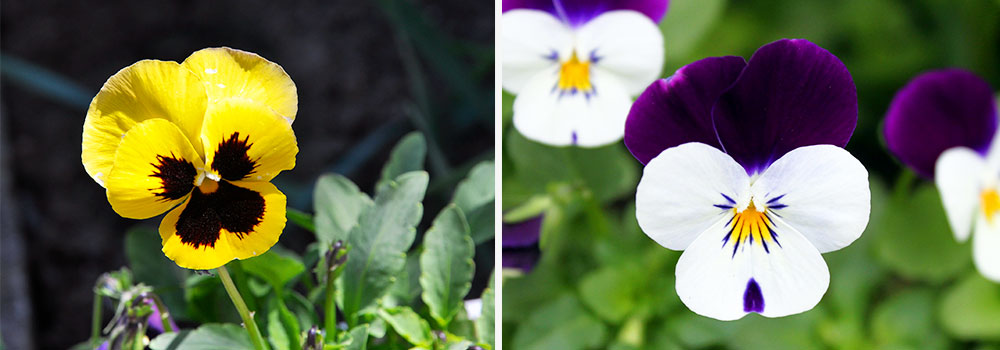
Pansies:
We often hear “pansy” and “viola” used nearly interchangeably, but they are actually slightly different. Pansies are a hybrid cousin of violas – so it’s understandable where the confusion came from. Gardening experts must have loved these flowers so much that they had to dream up even more new varieties for our gardens! Anyone can look like a gardening pro if they know the subtle difference between the cousins: While pansies have four of their petals facing upwards (the other one faces down), violas have two facing up and three facing down.
Naming and slight differences aside, these plants are so closely related that the care for them is nearly the same! Whichever variety you choose, your garden will be filled with fun and colorful blooms that are welcome on the colder side of the spring season.
Pansies prefer cold weather and will not stand up to the heat in the middle of summer. Similar to their viola cousins, seeds can be planted directly into the soil 6-8 weeks before the last frost. Alternatively, you can start them in a pot indoors. They’ll need cold and dark conditions to germinate – some gardeners even place theirs under dark plastic in the fridge to coax them into sprouting!
At this point in the season, you’ll want to skip sowing and germinating seed and just buy a few plants. Luckily, we have some great options. While selecting your plants, remember to check for bushier plants with lots of buds instead of blooms. Plant them about 7-12” apart in nutrient-rich, well draining, and moist soil. Mulch is a great tool with pansies, too, to keep the roots protected and cool. Pansies will thrive in partial shade, so choose a location that is protected or has other plants to offer shade as the weather warms up.
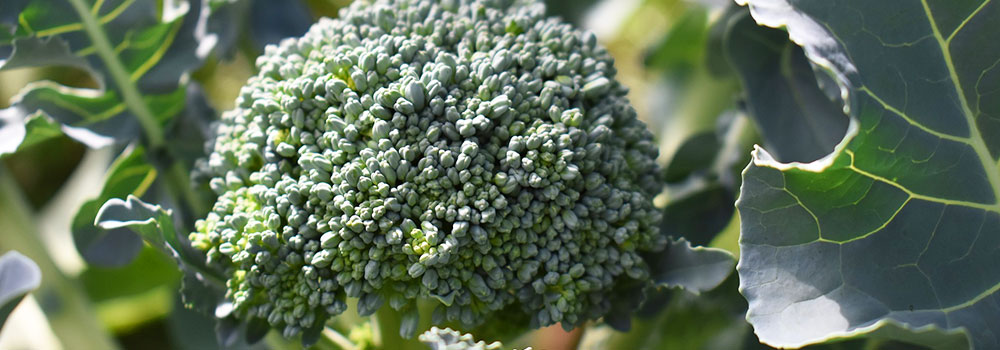
Broccoli:
This tasty tree of a vegetable is a staple in many of our kitchens for good reason – it’s absolutely packed with nutritious vitamins, protein, and fiber. It also prefers growing in cold weather making it a great choice for local gardens.
The secret to great garden broccoli is in the soil. Choose a location with full sun exposure and soil that is slightly acidic and moist. If you aren’t sure about your soil’s pH, there are many products available to help adjust it, we carry pH soil kits and are happy to help recommend the right product for your garden
Keep the soil moist, but not wet. Too much moisture could invite problems, like rot, into your garden, damaging your delicious harvest. Mulch around your plants will help to keep your soil in the perfect moisture range, and will help to keep weeds at bay.
To harvest, get your broccoli stalks in the morning as early as possible, before the soil warms up. Cut (don’t break!) the stalk with 5-6” of the stem. Fresh broccoli will keep refrigerated for up to 5 days, which is the best way to get all the nutrients your garden has to offer. To save for later, quickly blanch your garden-fresh broccoli and freeze to treat yourself to garden produce all year.
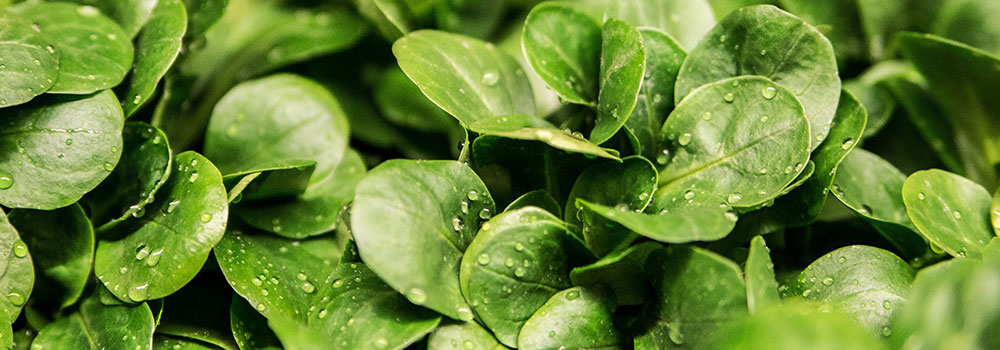
Spinach:
Spinach is the ultimate leafy green for your garden. It is loaded with tons of nutrients, it’s tasty, and it’s easy to grow in your own garden. It’s a favorite for spring and summer salads for good reason!
Spinach will grow best in the cold, so it should be seeded into the soil as soon as you can work your garden. This is a veggie full of nutrition, so it’ll need healthy soil to grow all those vitamins, minerals, and nutrients. Compost is a must. Plant seeds about an inch deep, with about 10 seeds for every 12”. If you prefer to let us get your veggies started for you, starter plants are now available at the garden center. Keep the soil moist, especially as the temperatures continue to rise. Ensure your spinach soaks up all the vitamin D from the sun possible. It can be a tricky balance to keep your spinach cool, while giving it lots of sun, but mulch can help to keep them cooler in a sunny area.
Harvest from the outside working in, and you’ll have harvests of delicious spinach all season. This vegetable grows quick and loves the cold, so you can sow more seeds about 6-8 weeks before the first fall frost for a fall harvest!
The sun is out and the snow is finally gone! Be sure to get out and enjoy your garden with these early season delights designed for the type of weather we’re seeing right now – warm days yet cool ground temperatures. These are sure a treat for the eyes and bellies as we get ready for summer. We hope to see you soon to help get you get the most out of this year’s growing season!


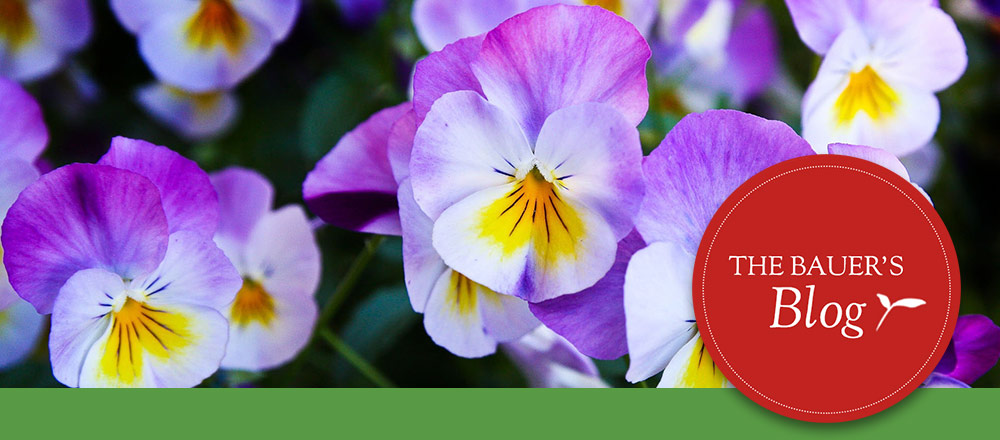



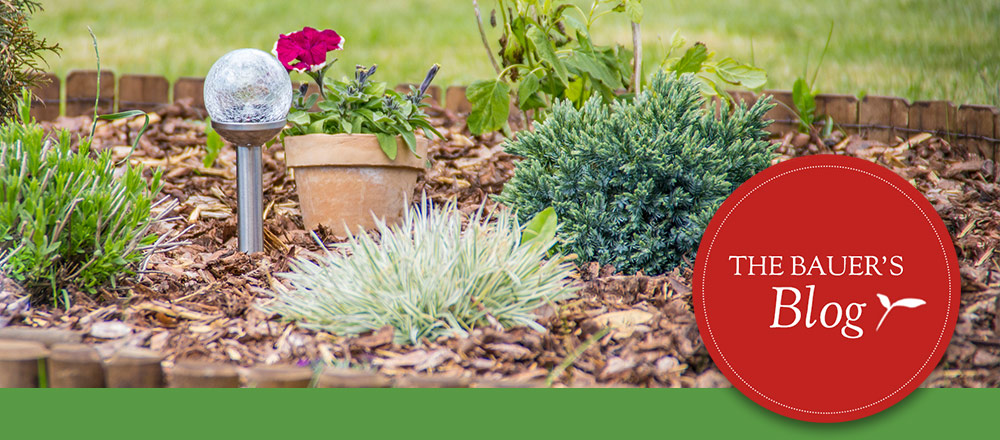
Leave A Comment